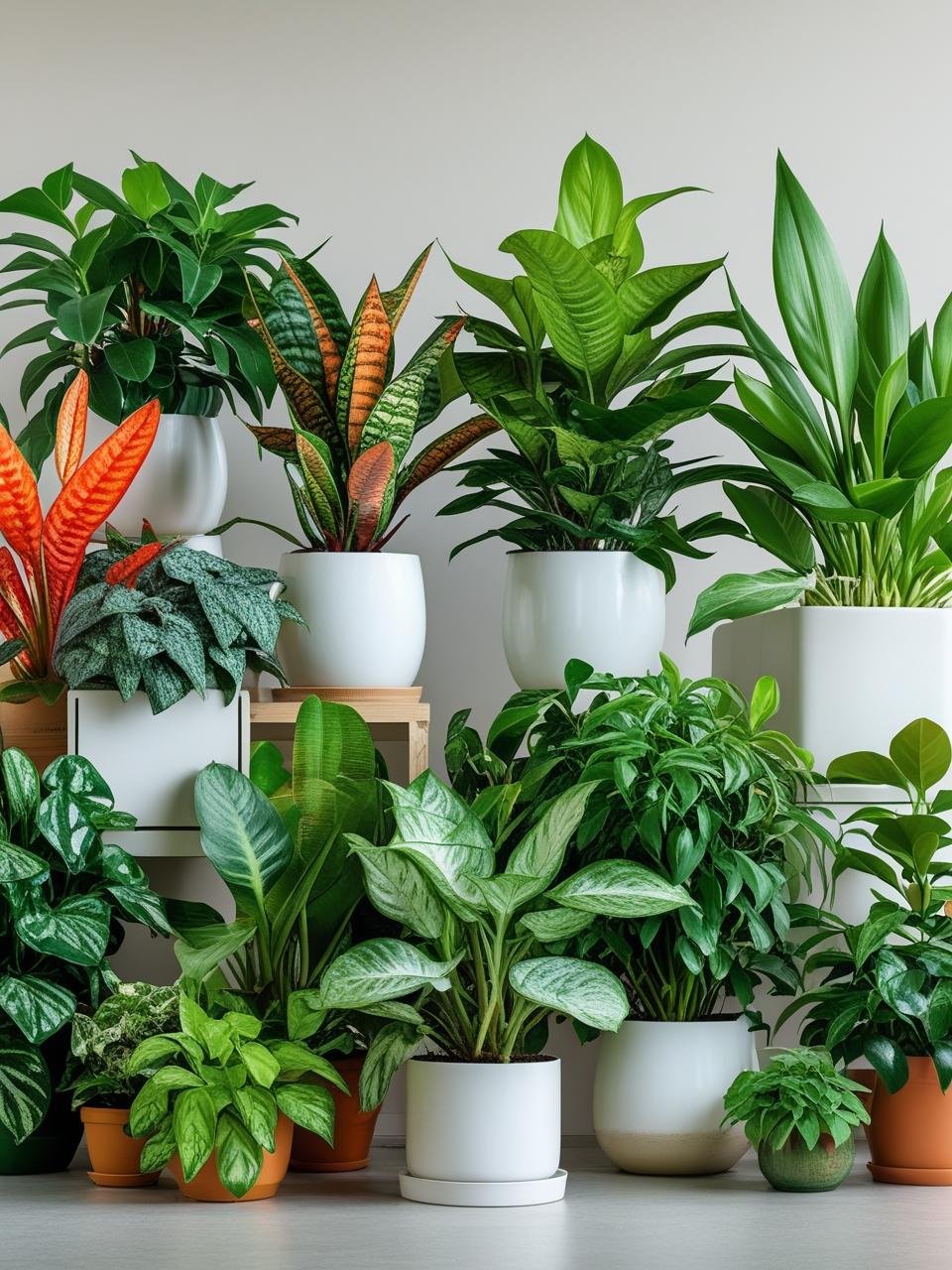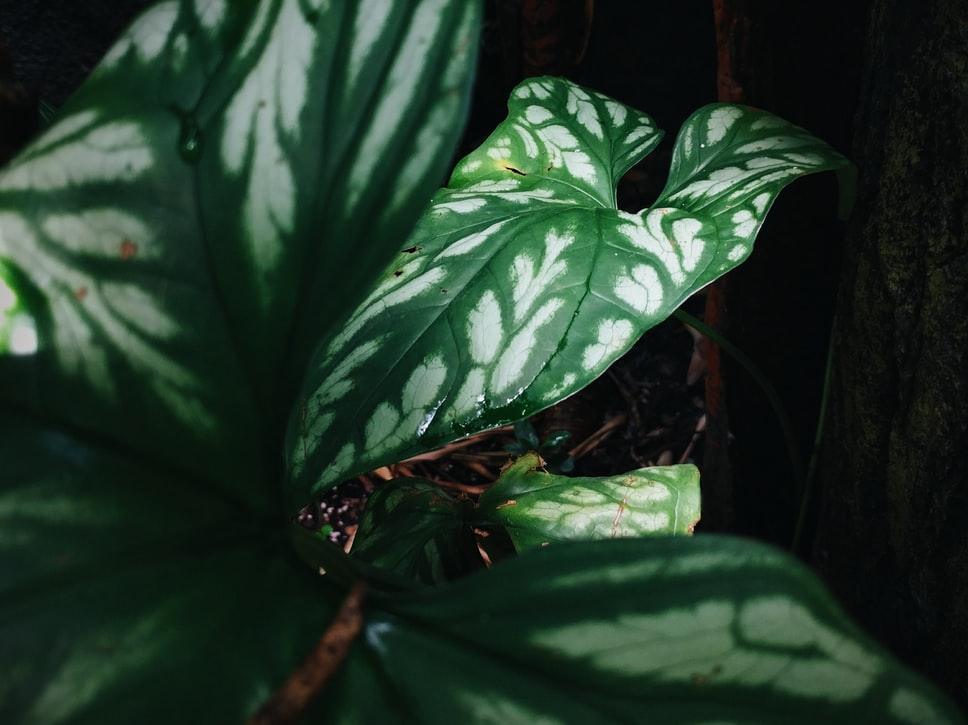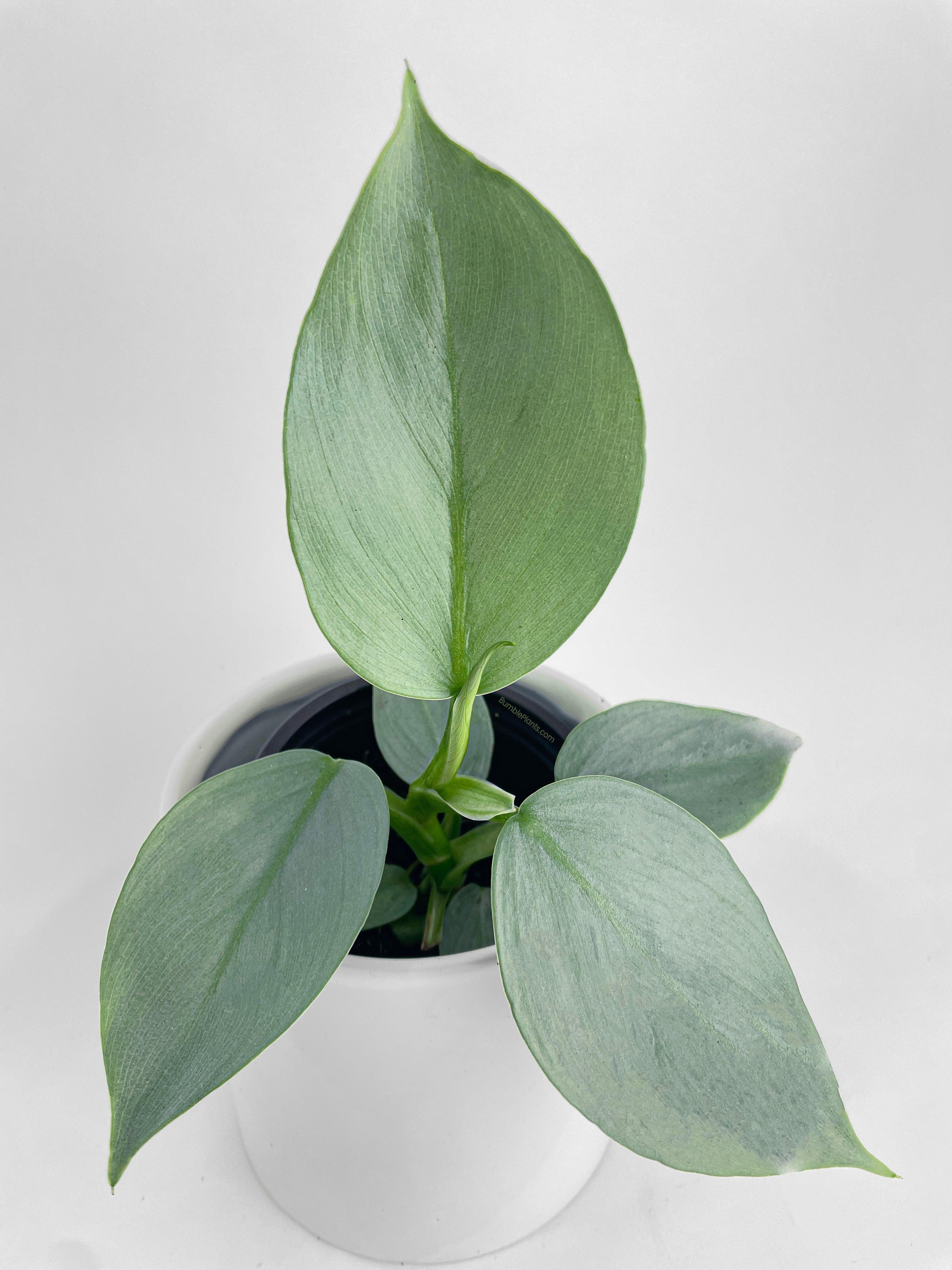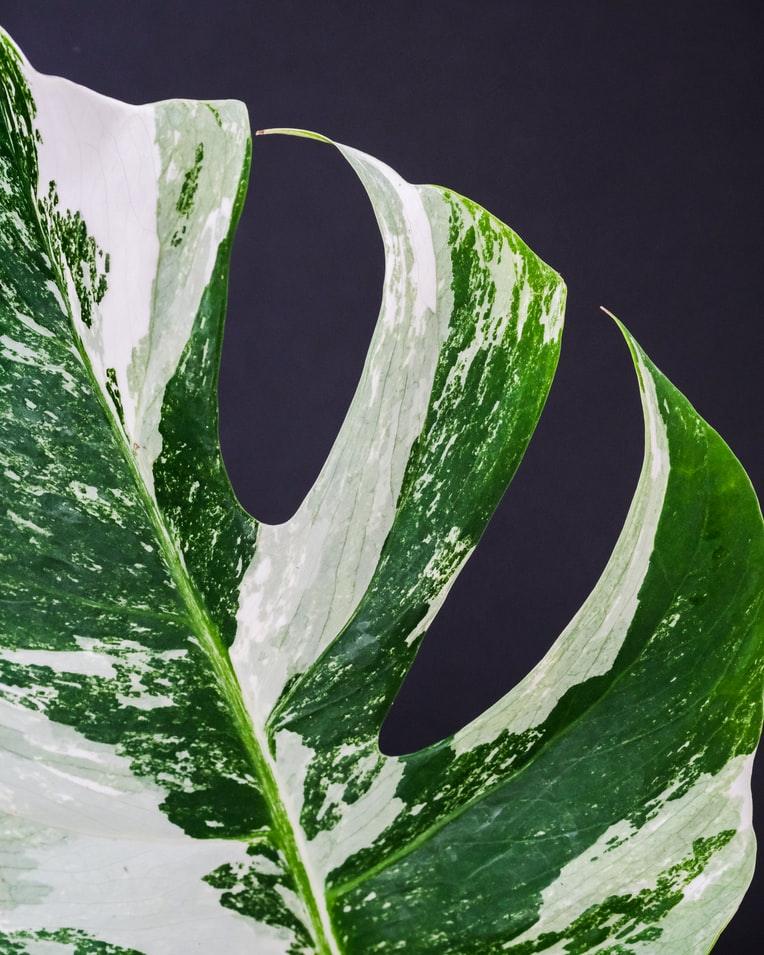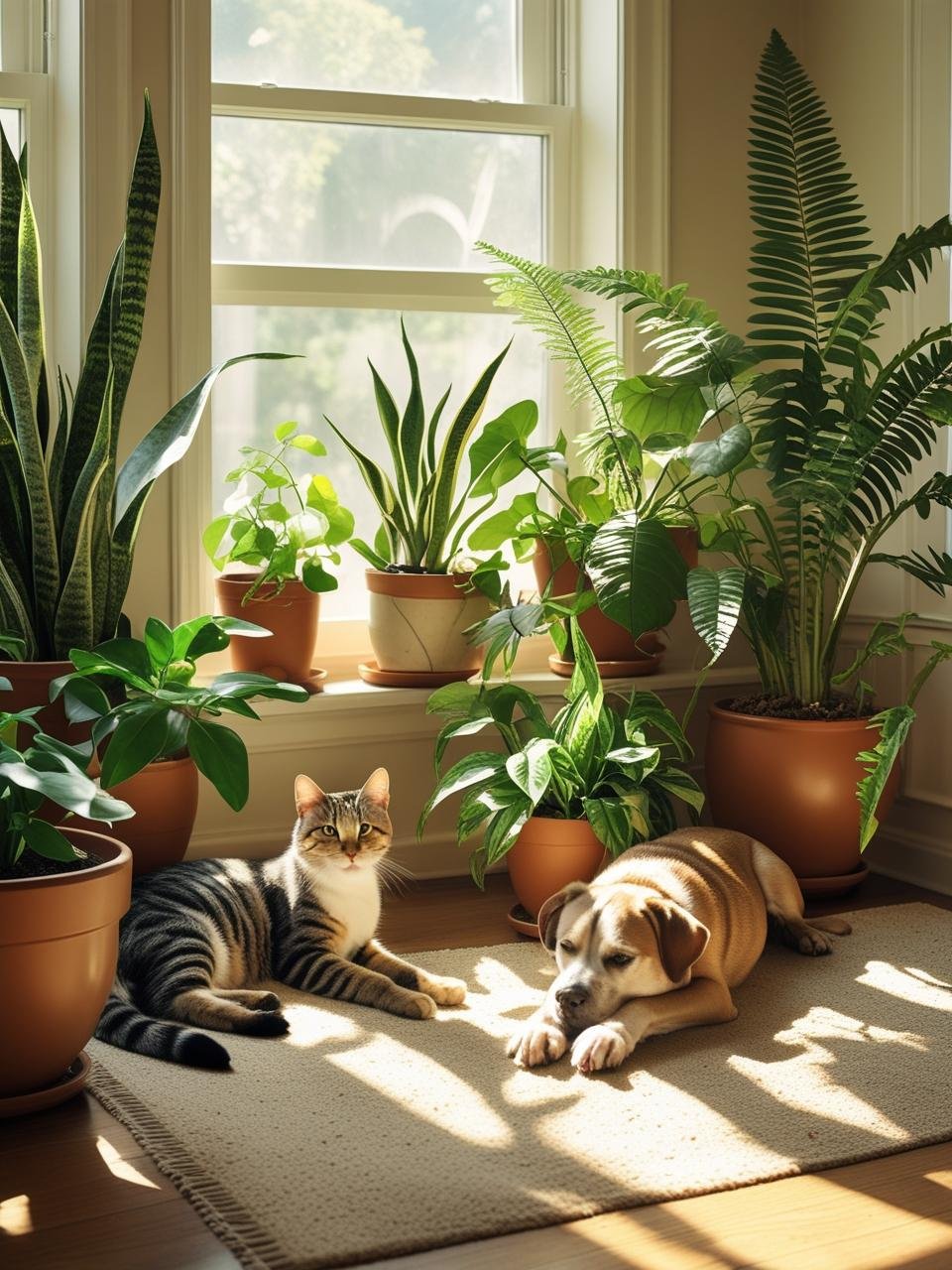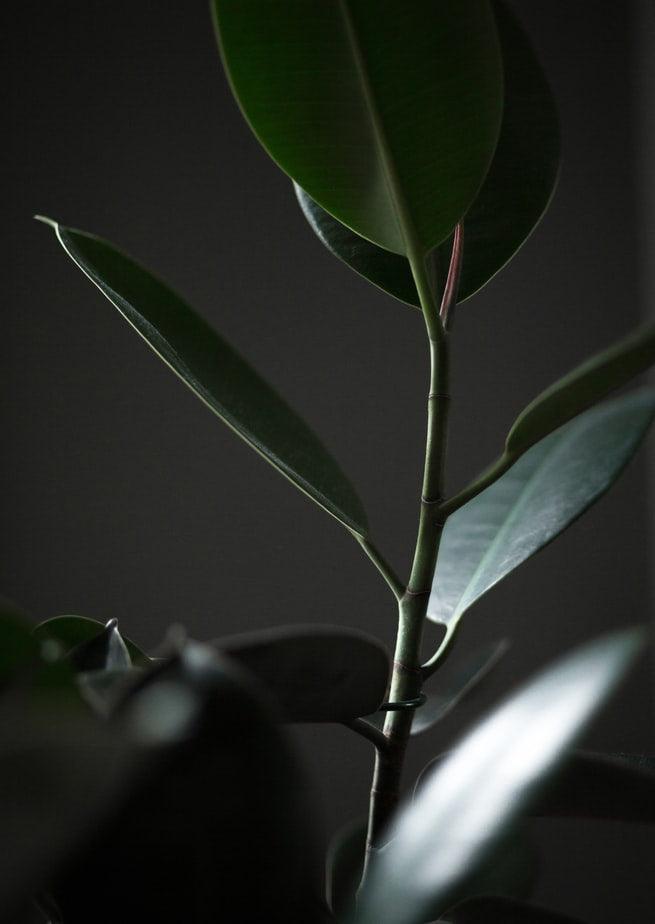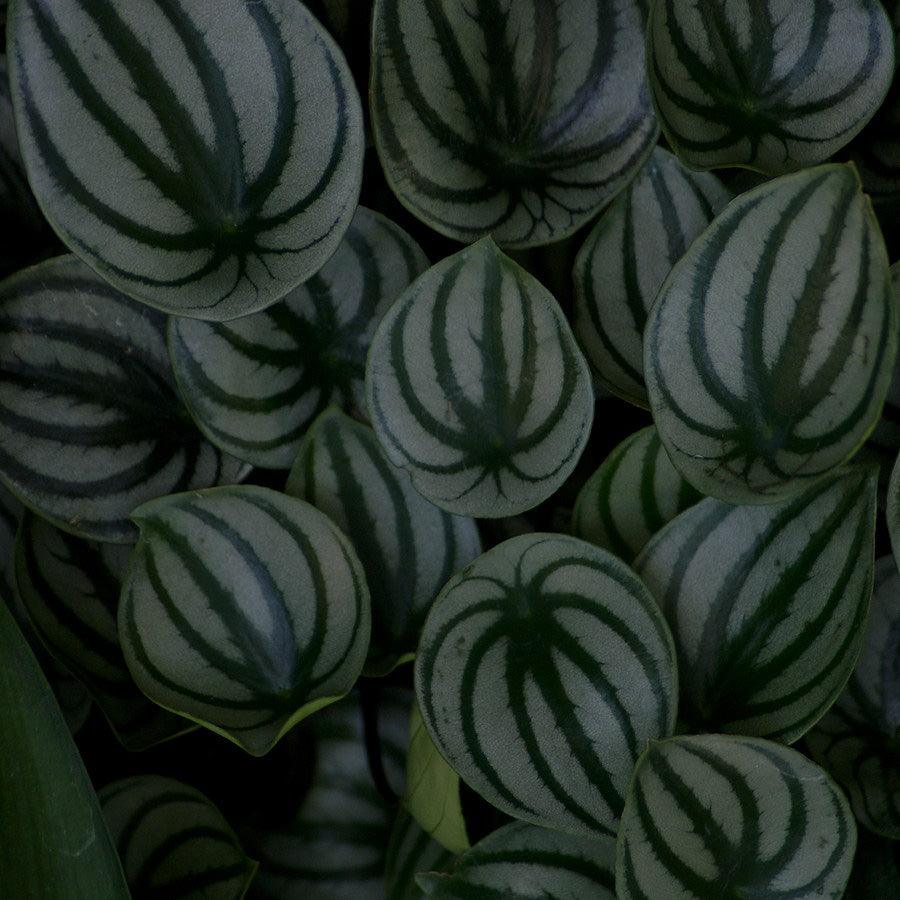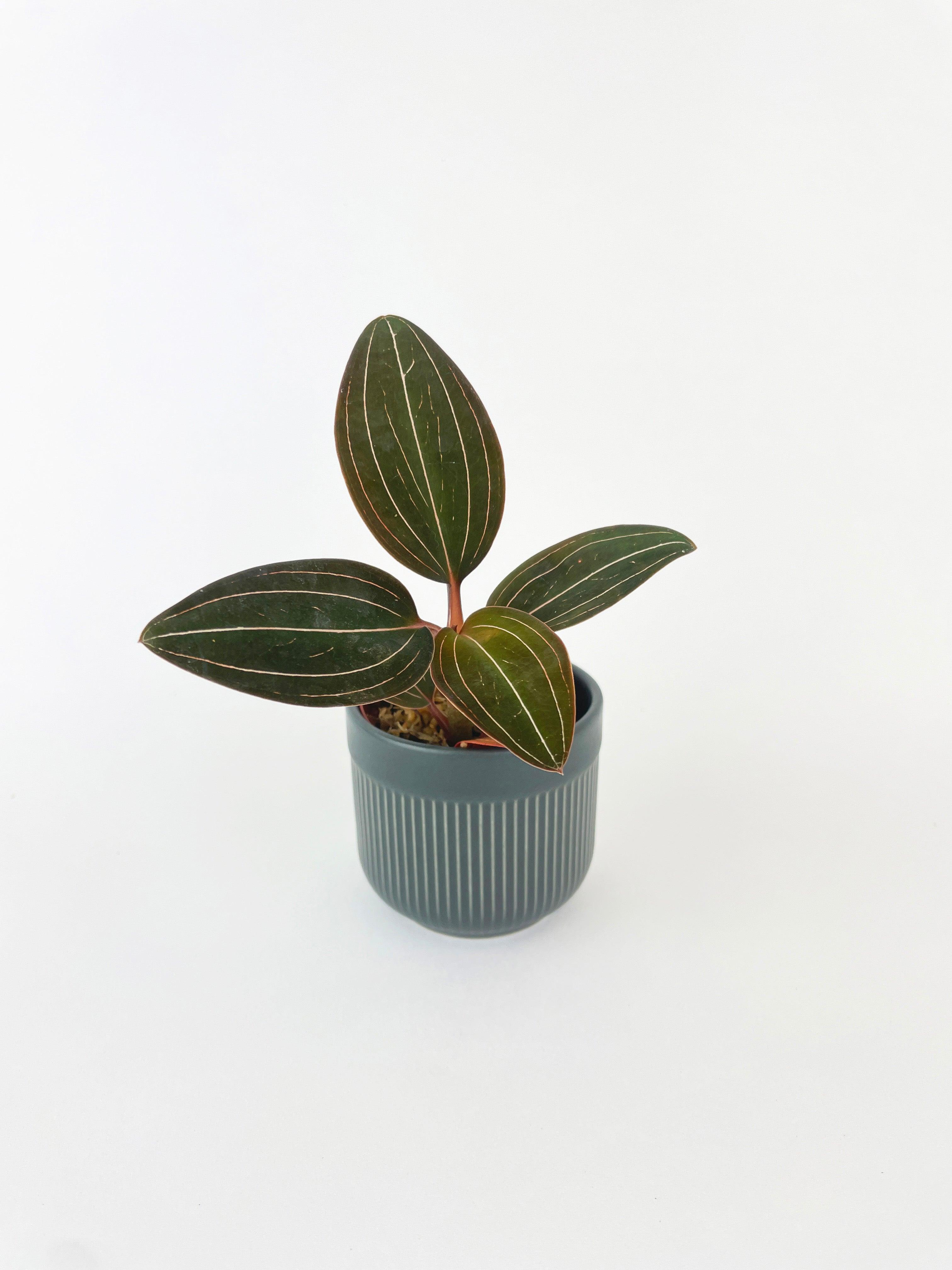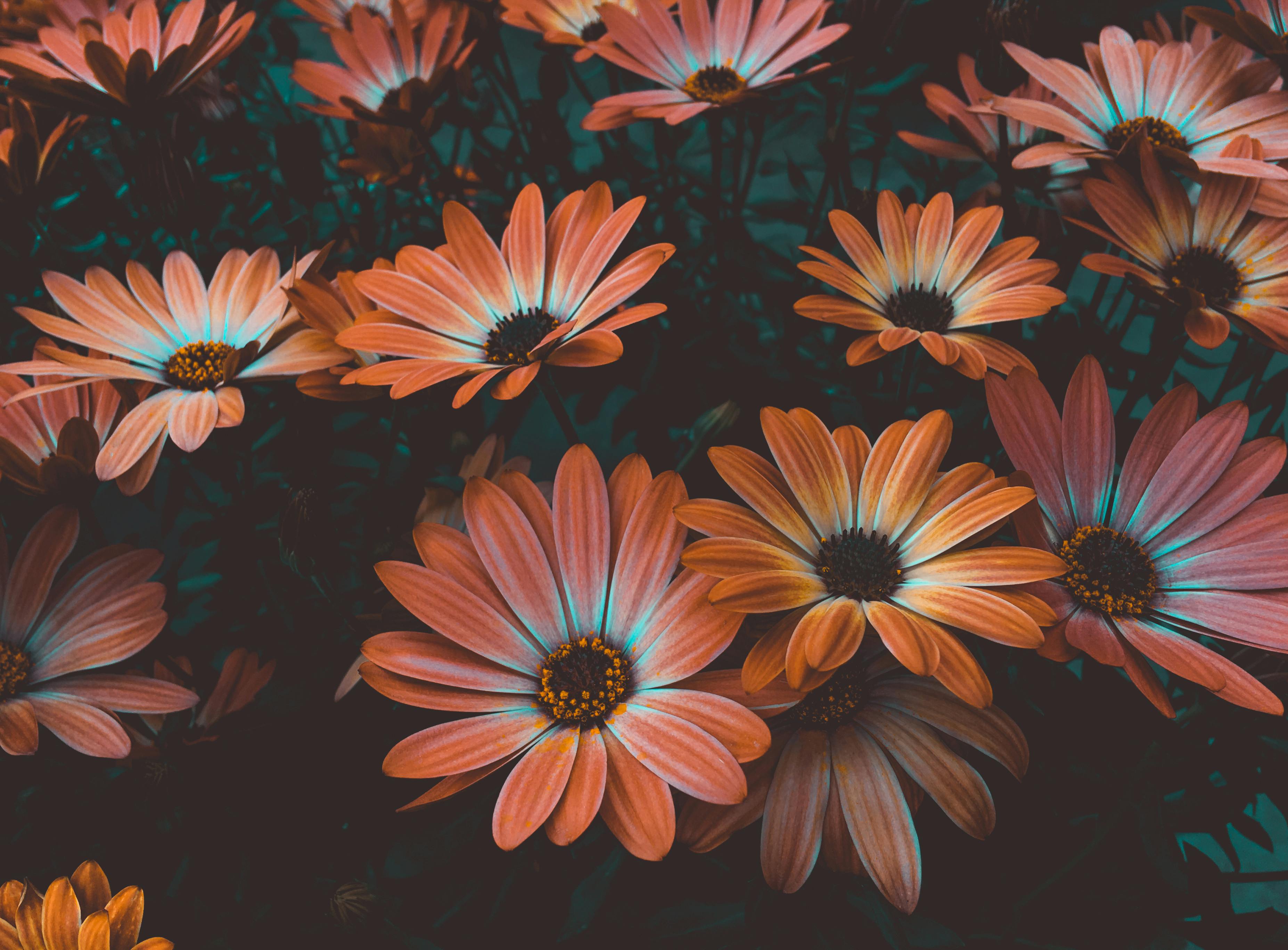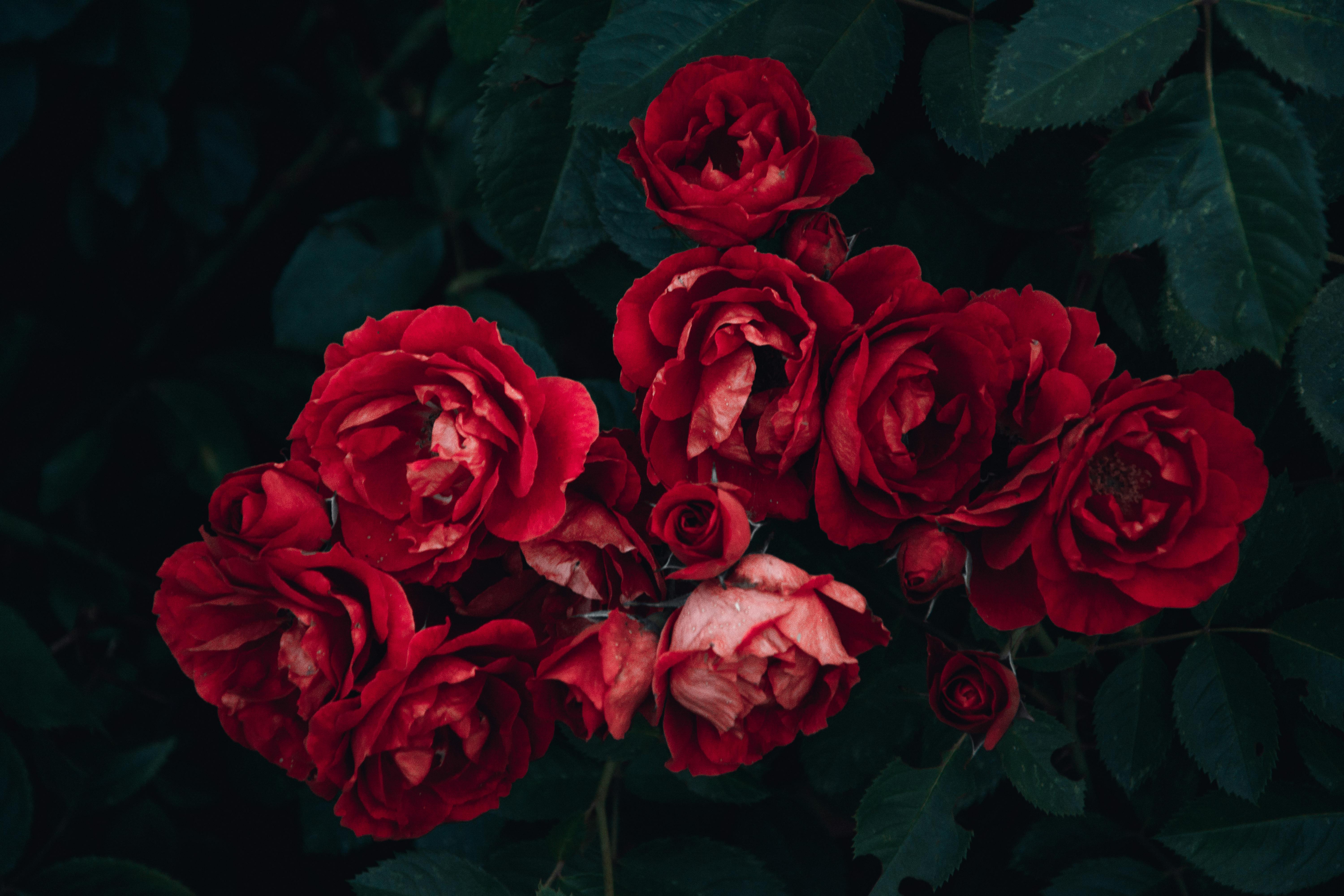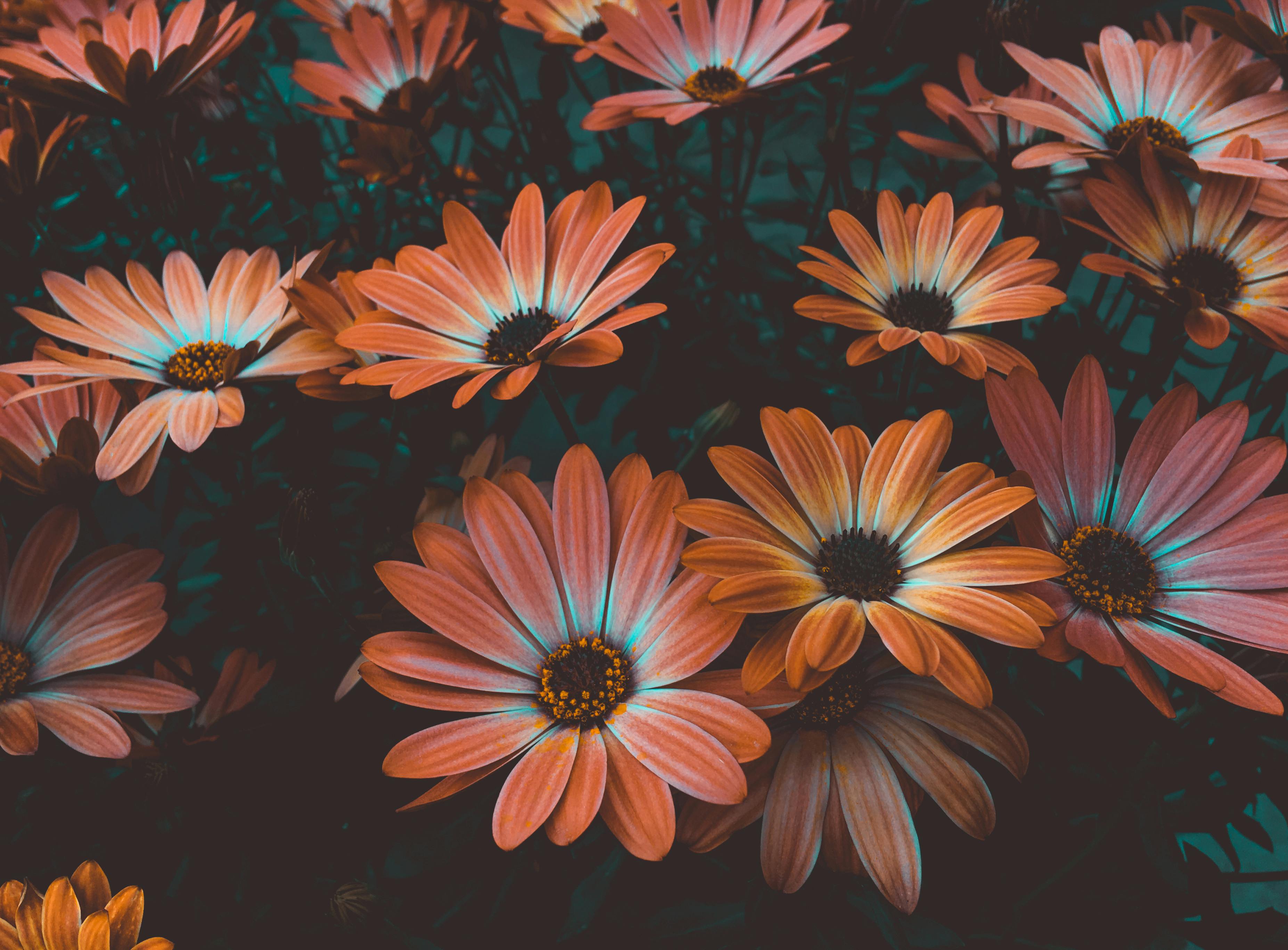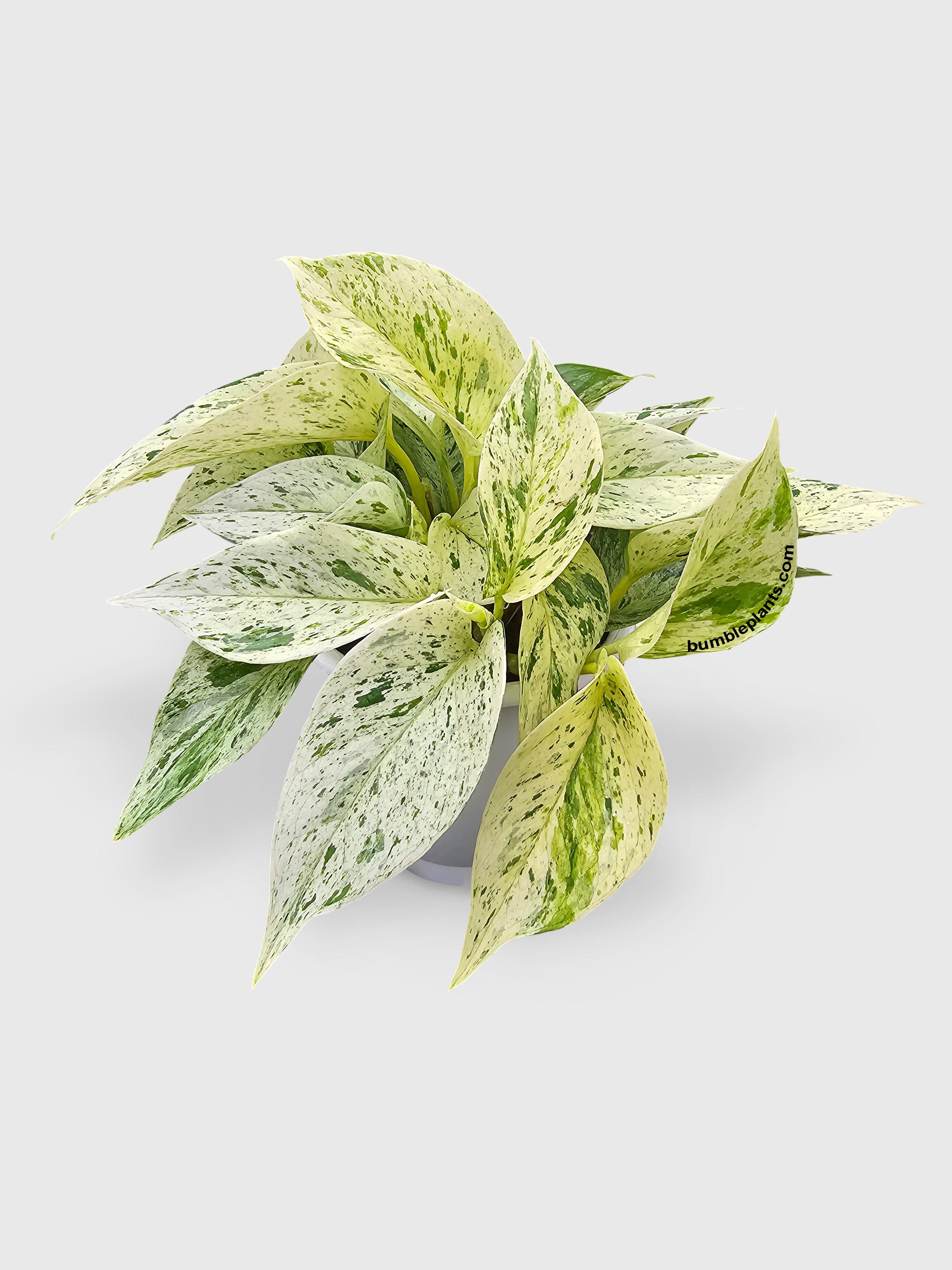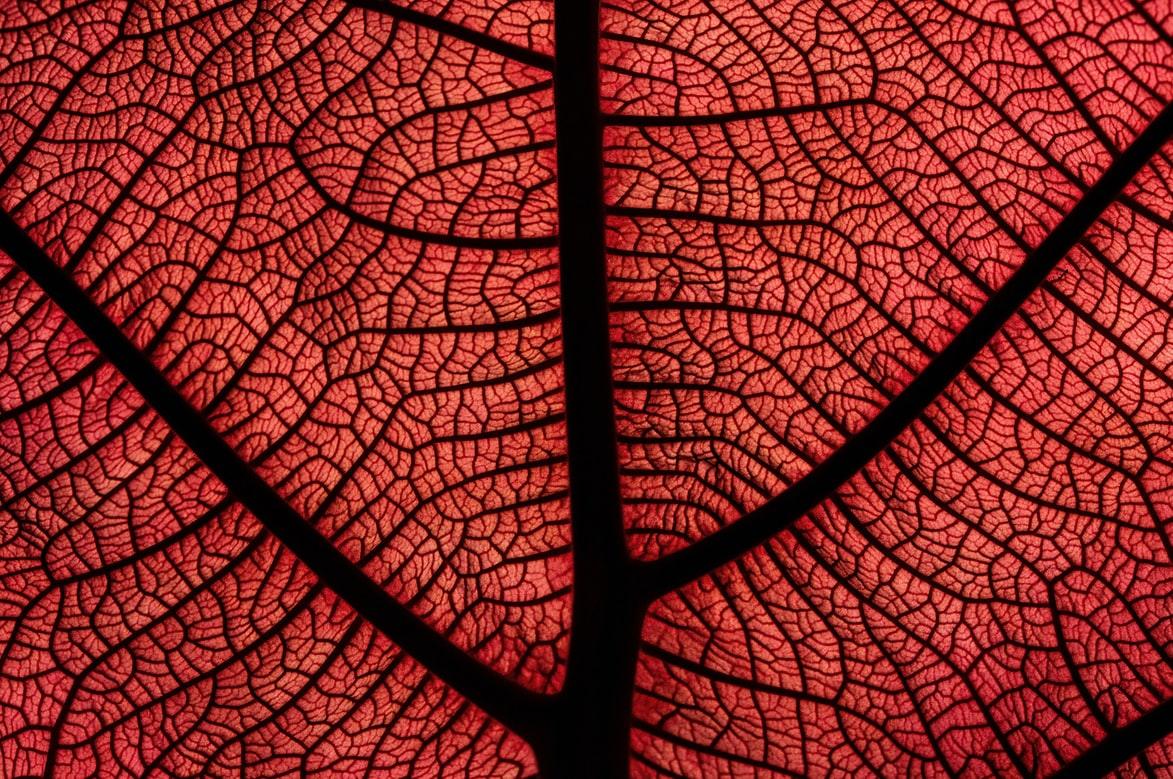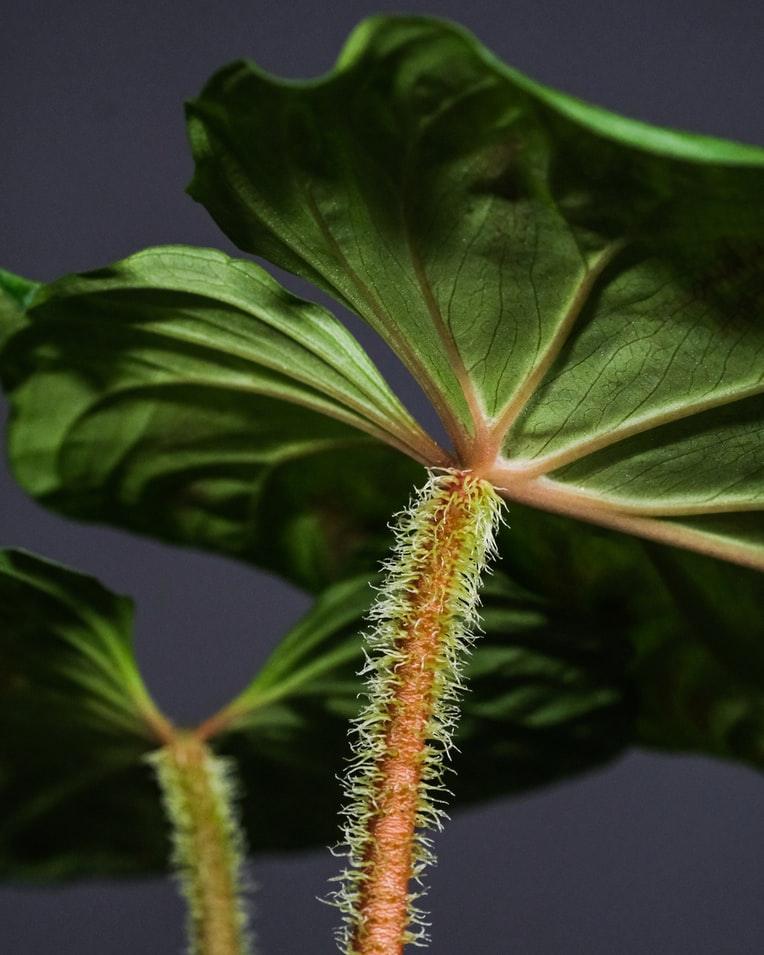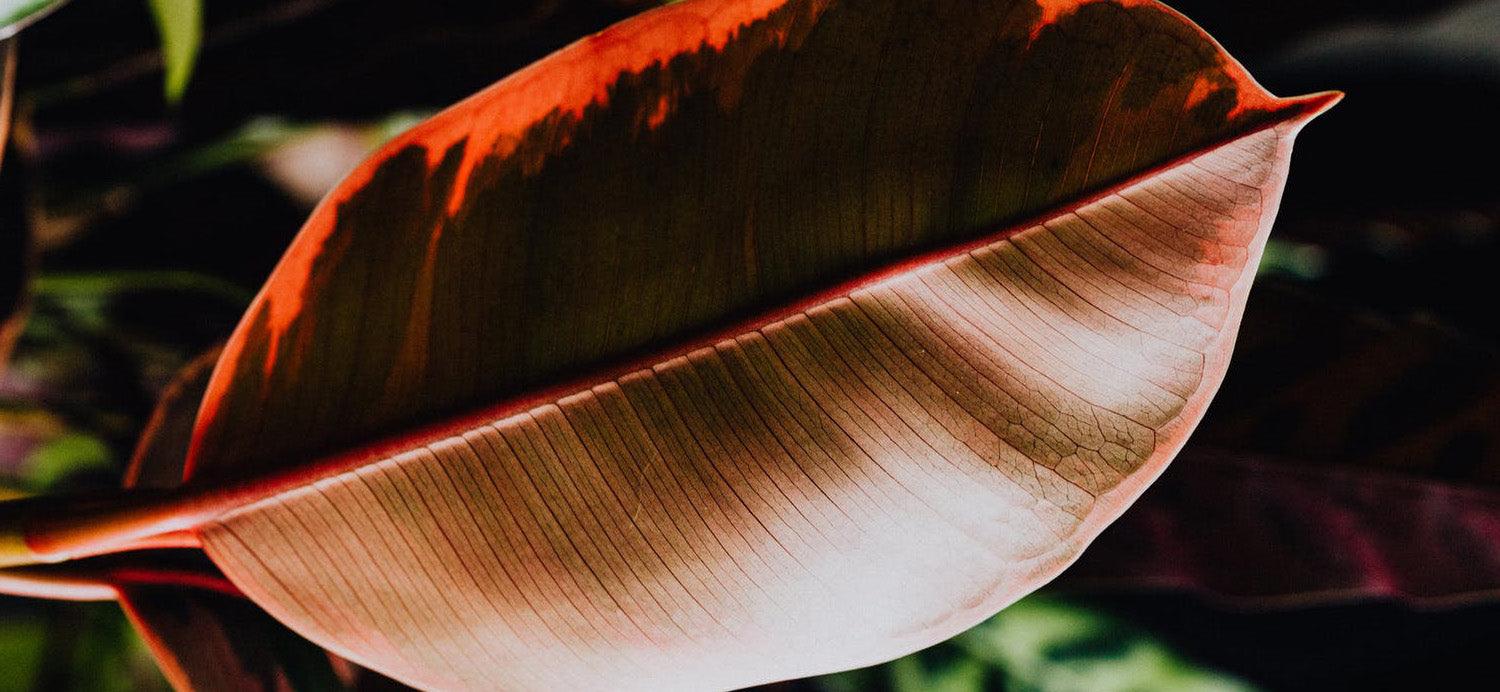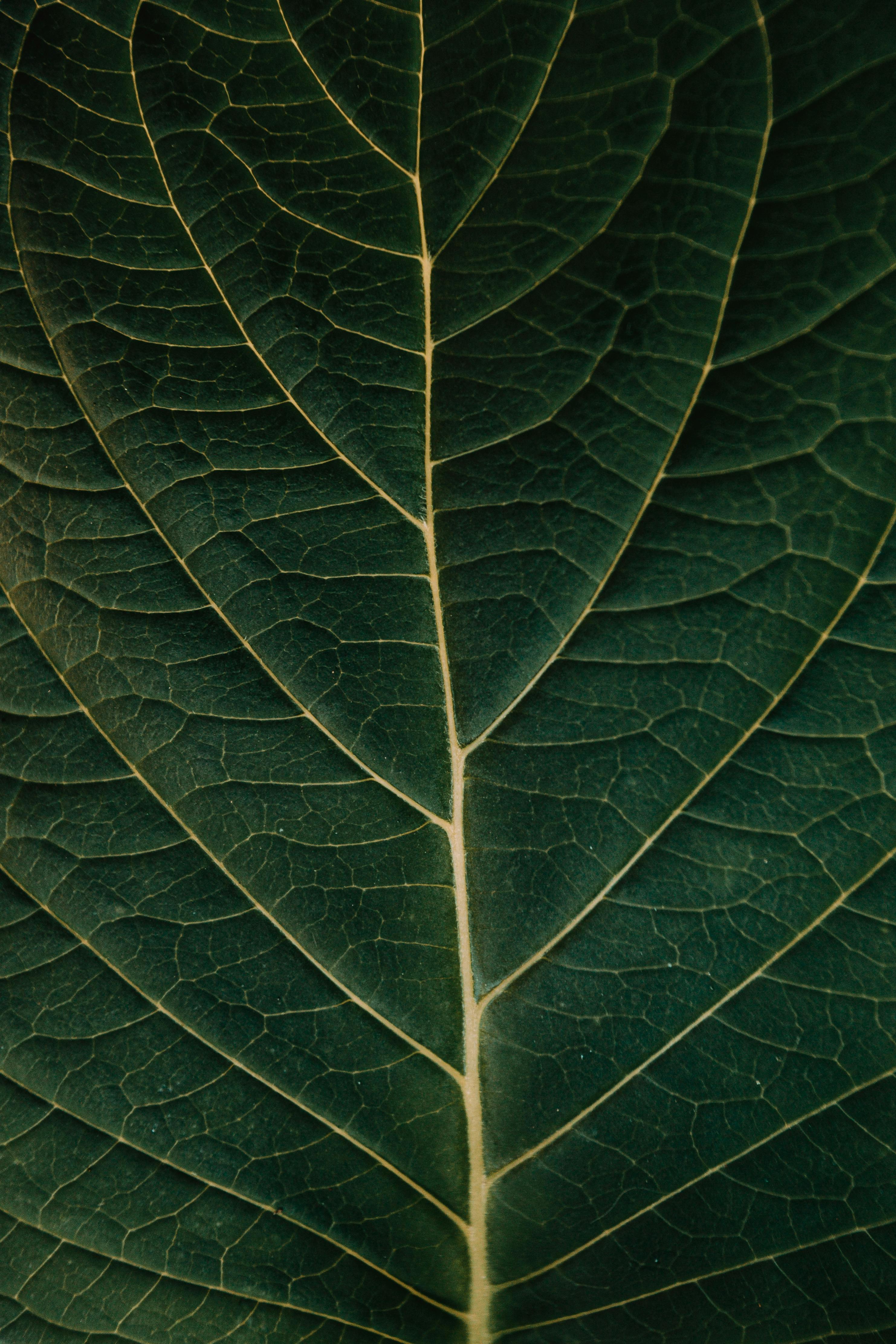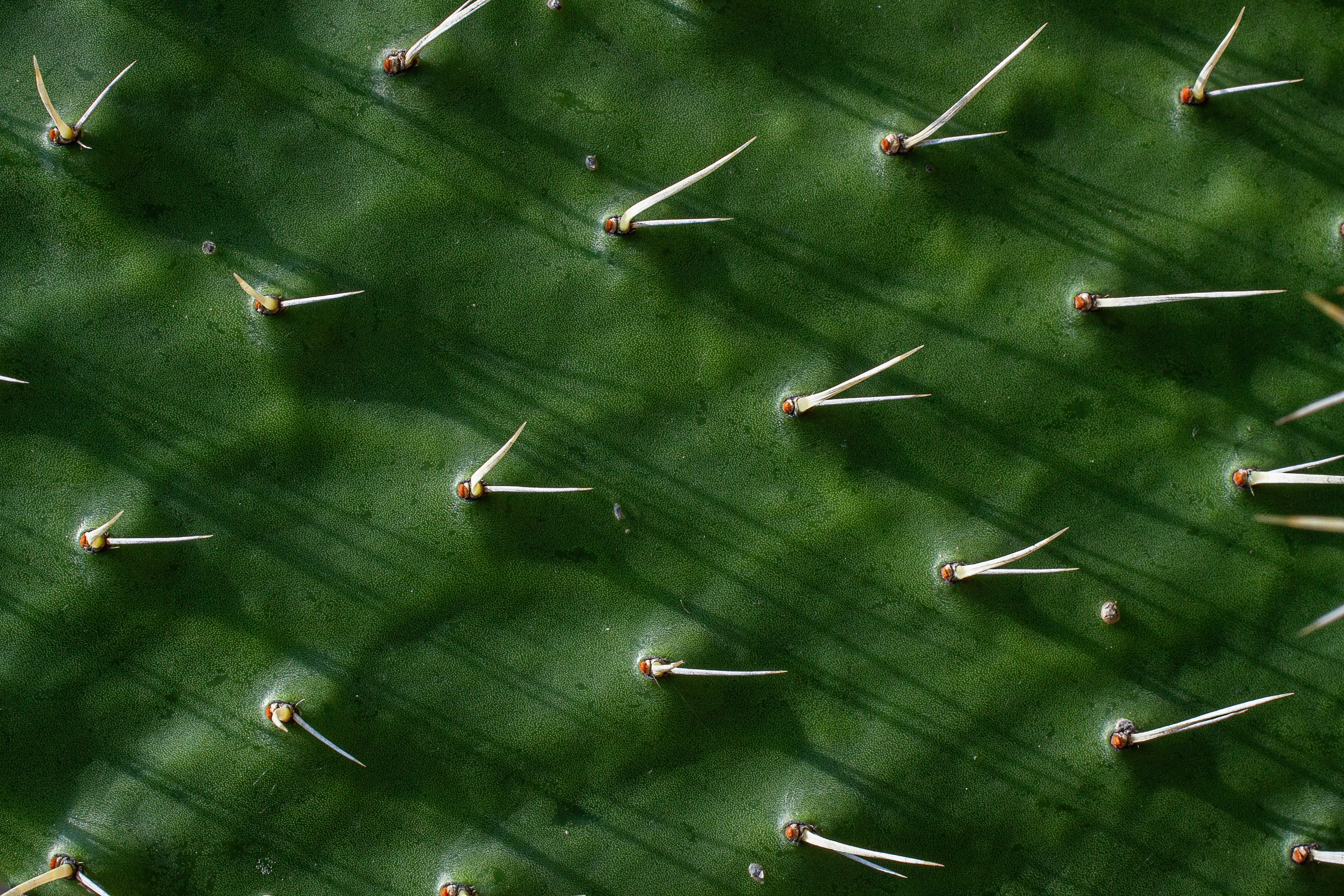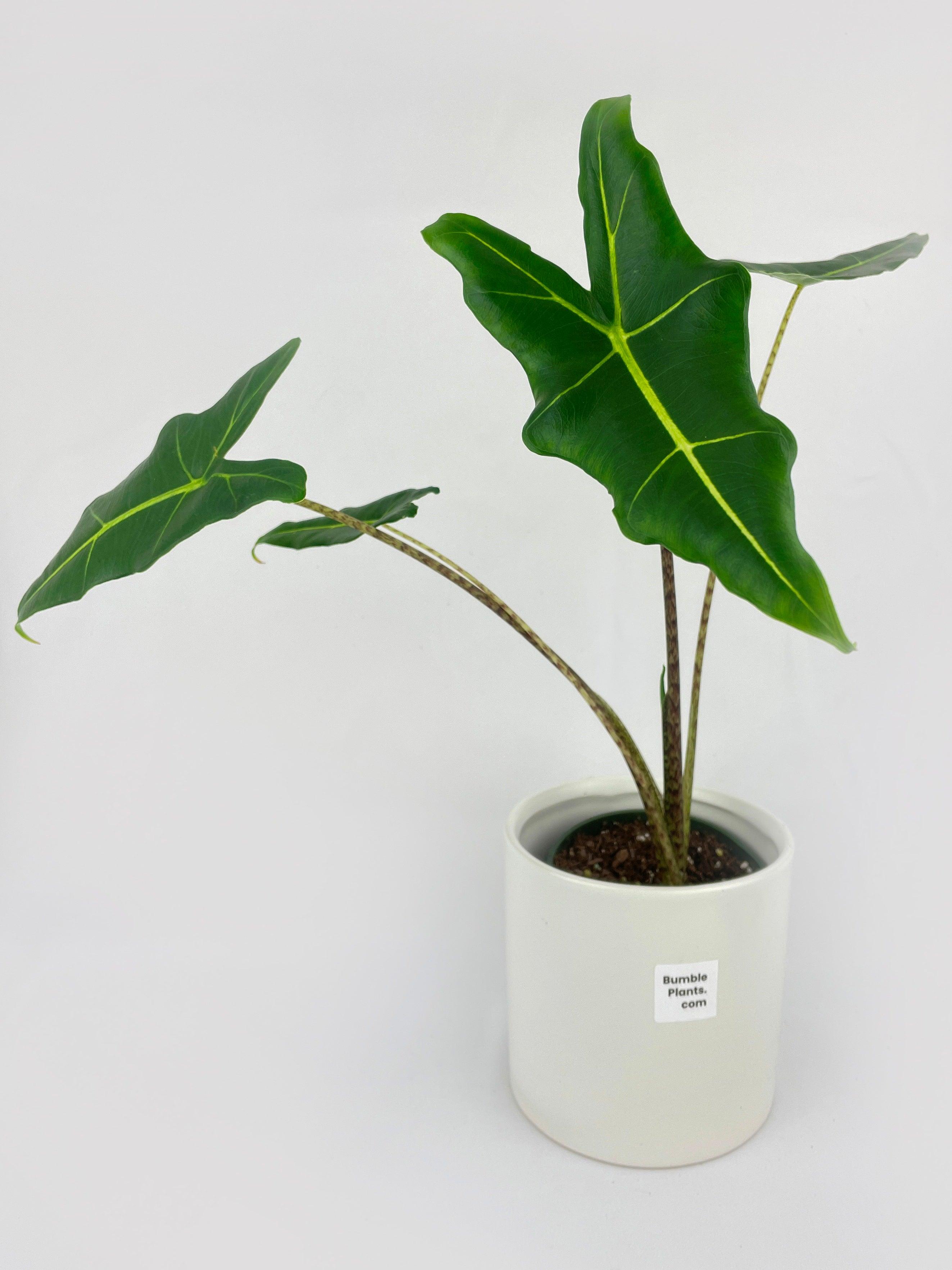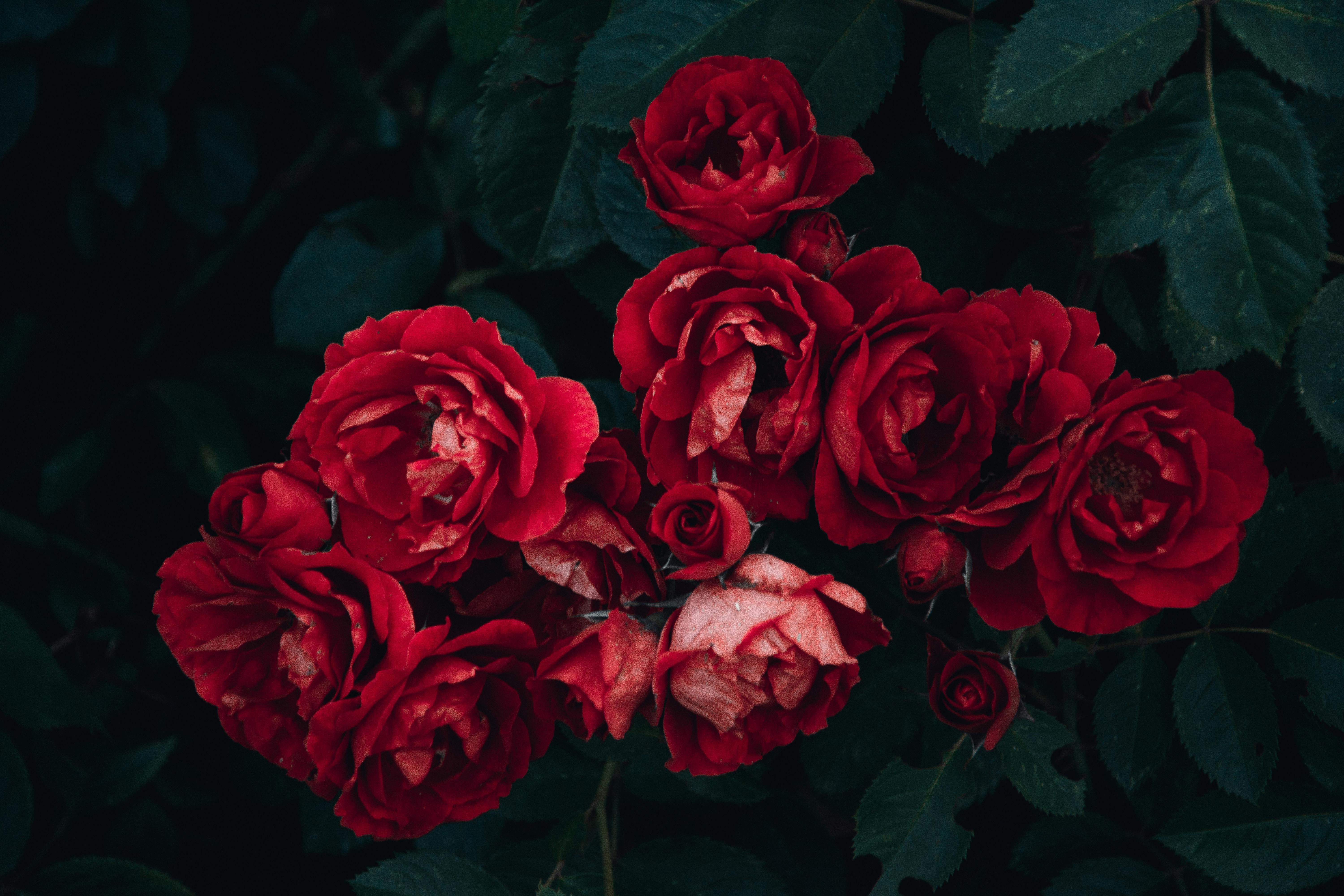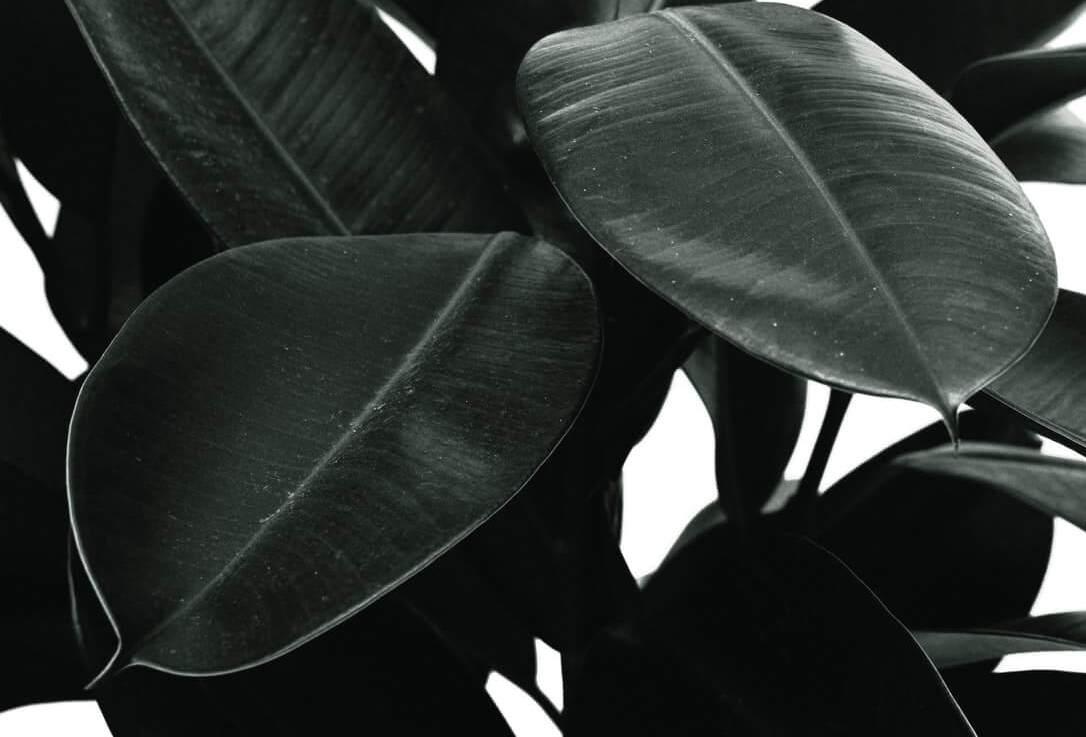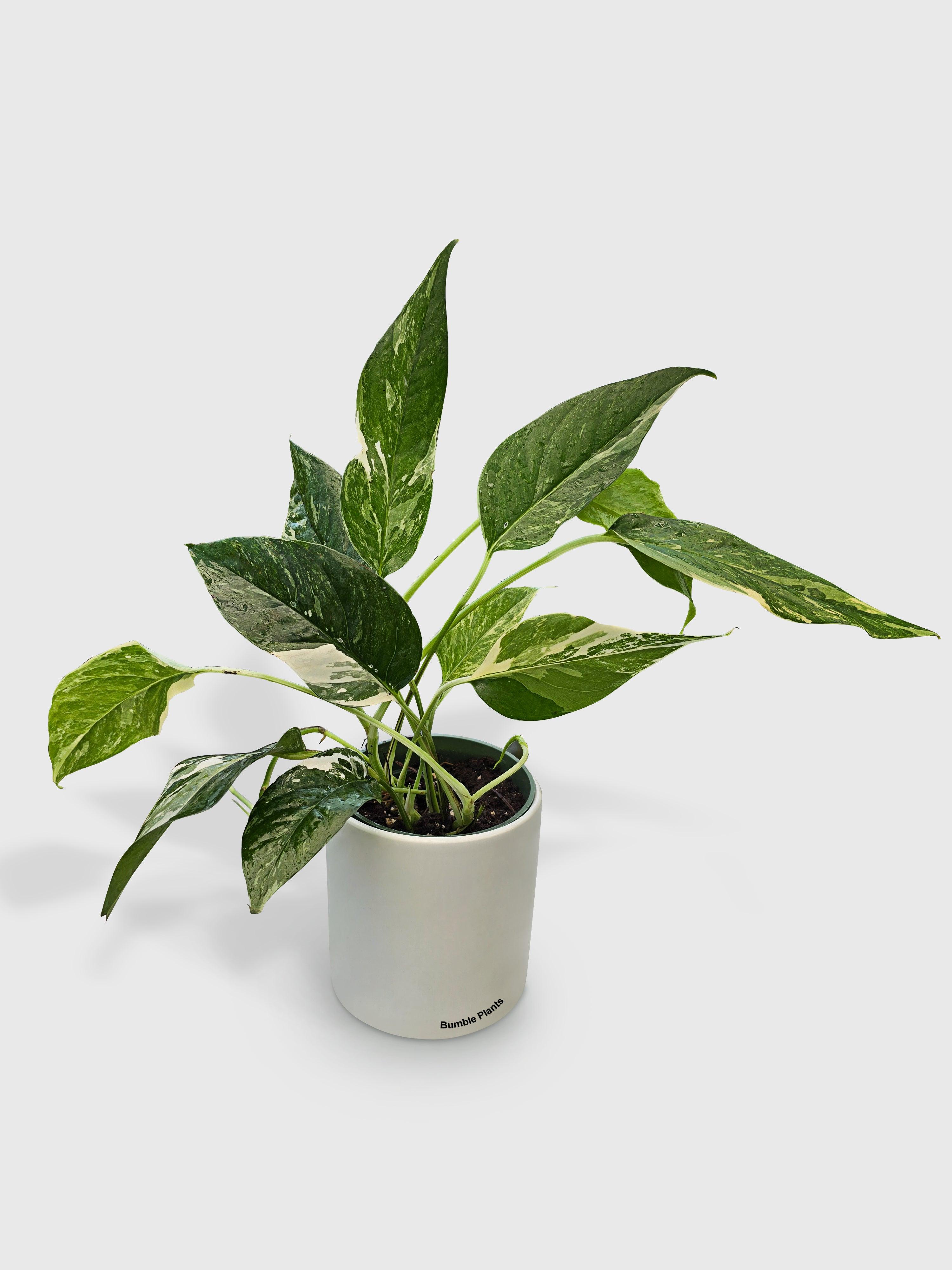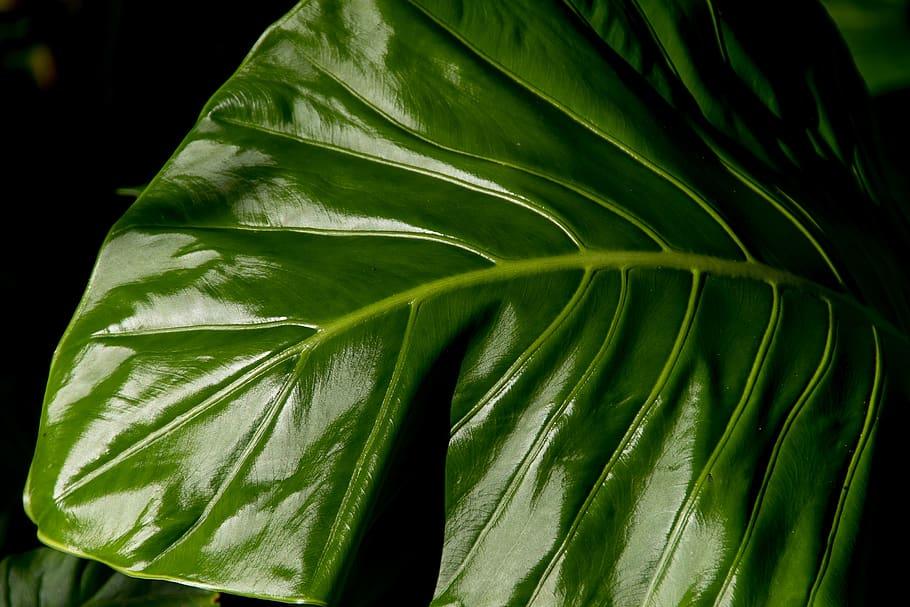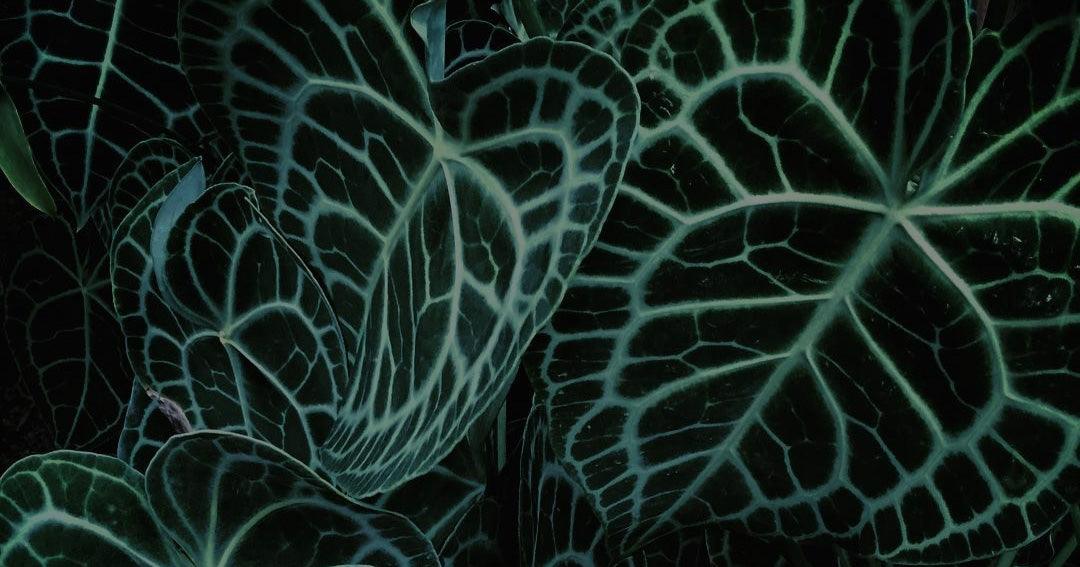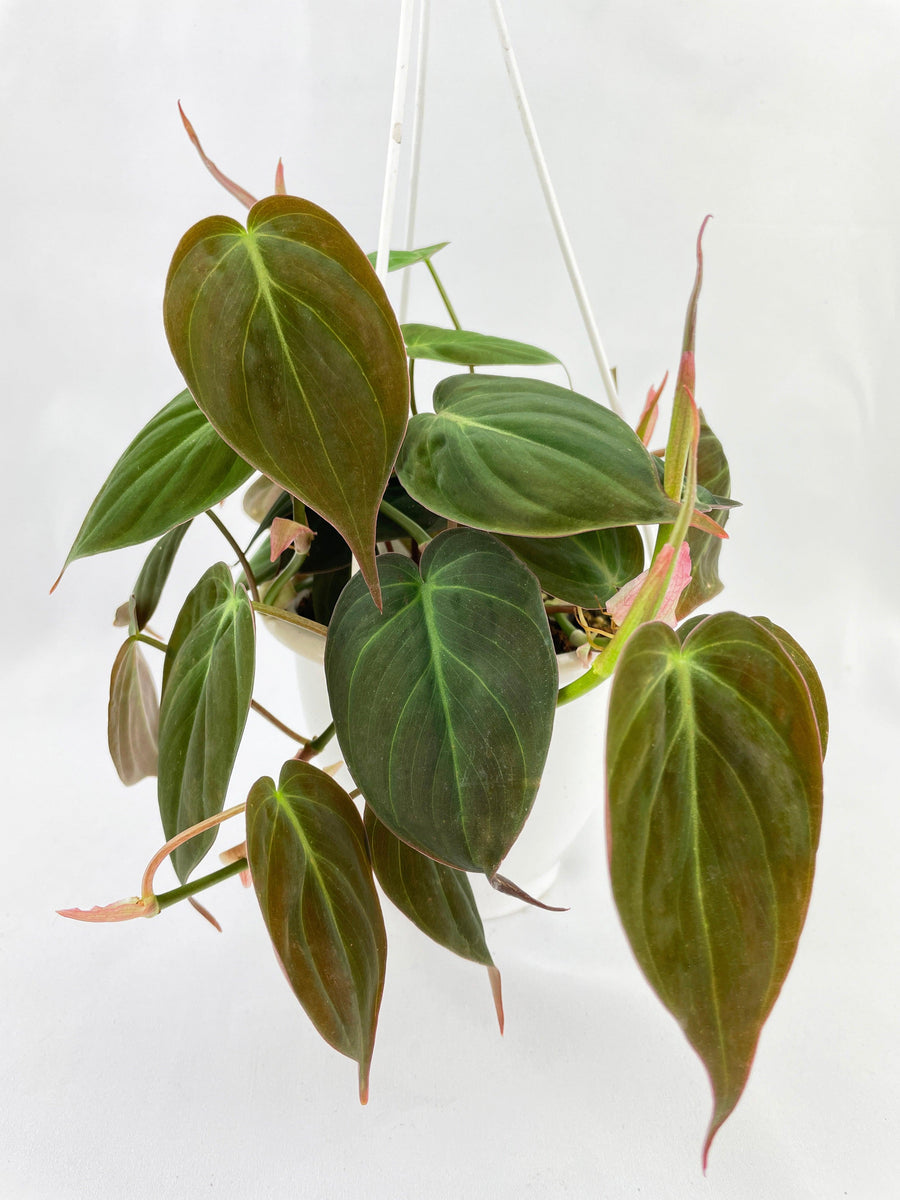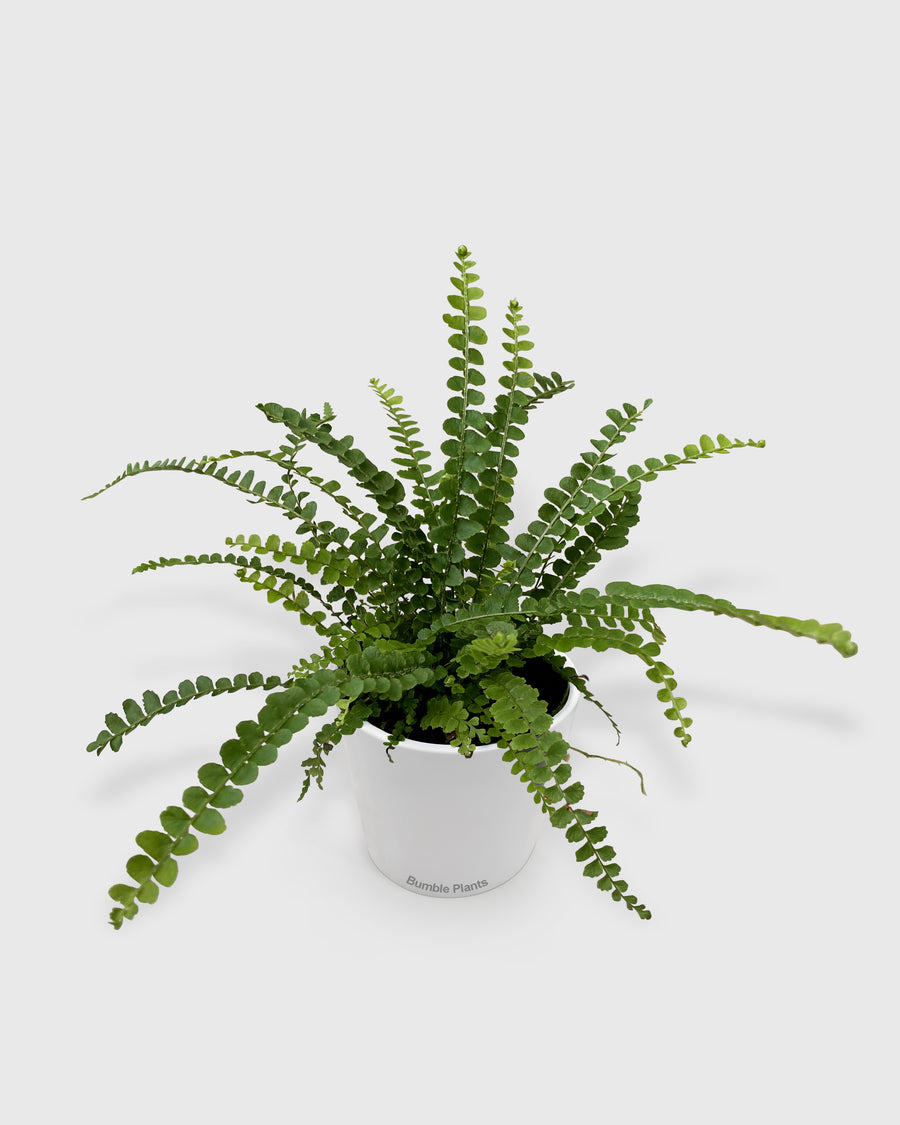How to Revive a Dying Plant: Step-by-Step Guide
Ever feel a pang of guilt when you glance at a drooping plant, its leaves losing their vibrant color? Fear not, fellow plant parent! Bringing your beloved greenery back to life is often easier than you might think. In this guide, we'll explore simple yet effective techniques to revive a dying plant and transform your home into a thriving indoor oasis.
Recognizing Signs of Plant Distress
Houseplants are like trusty companions in our homes, silently purifying the air and adding a touch of life to our surroundings. But just like any living thing, they can sometimes communicate their needs through subtle changes in appearance. Here's how to decipher these signals and identify when your plant might be feeling a little under the weather.
Common signs of plant distress include:
Wilting leaves: This can be a symptom of both underwatering and overwatering. Wilted leaves due to underwatering will feel limp and dry, while those suffering from overwatering might appear mushy or discolored.
Discoloration: Leaves that lose their vibrant green hue and turn yellow, brown, or even reddish could indicate various issues, including nutrient deficiencies, excessive sunlight, or pest infestation.
Stunted growth: If your revive a dying plant seems to have stopped growing altogether, it might be struggling with inadequate light, lack of nutrients, or being pot-bound (rootbound).
Delving Deeper: Understanding the Causes
Now that we've identified some telltale signs of distress, let's explore the potential causes behind them:
Insufficient Light: Many indoor plants crave bright, indirect sunlight. If your plant is positioned in a dimly lit corner, it might experience leggy growth (stretched stems with far-spaced leaves) or leaf drop due to a lack of energy for photosynthesis.
Overwatering: While plants need water to thrive, drowning them isn't the answer. Overwatering can suffocate the roots, leading to root rot and wilting leaves.
Underwatering: On the other hand, forgetting to water your plant can also cause wilting leaves, along with dry, crispy edges.
Don't Panic! Plant Revival Techniques
Just because your plant is showing signs of distress doesn't mean all hope is lost! With a little detective work and some TLC (tender loving care), you can often bring your green friend back to life (Secondary Keyword: Plant Revival Tips). Here are some key strategies to get you started:
Assess the Damage
The first step is to figure out what's ailing your revive a dying plant. Take a close look at it, paying attention to the following:
Soil Moisture: Stick your finger into the potting mix. Is it dry and crumbly, or damp to the touch? This will help you determine if underwatering or overwatering is a potential culprit.
Light Exposure: Is your plant positioned in a brightly lit area with indirect sunlight, or is it relegated to a shadowy corner? Consider its natural light preferences.
Overall Condition: Are there any signs of pests like insects or sticky residue? Are there yellowing or discolored leaves? Noting these details will help pinpoint the cause of the problem.
Addressing Watering Issues
Overwatering:
Signs: Mushy or discolored leaves, wilting despite moist soil, foul odor from the soil (indicating root rot).
Solutions: Immediately stop watering and allow the soil to dry out completely. Consider repotting the plant in fresh, well-draining potting mix if root rot is suspected. Ensure the pot has drainage holes at the bottom to prevent future waterlogging.
Underwatering:
Signs: Wilting leaves that feel dry and limp, dry soil that pulls away from the pot's edge.
Solutions: Water the plant thoroughly until water runs out the drainage holes. Allow the top inch of soil to dry out slightly before watering again.
Light Level Adjustments
Insufficient Light:
Signs: Leggy growth (stretched stems with far-spaced leaves), leaf drop, slow growth.
Solutions: Relocate your plant to a brighter spot with indirect sunlight. South-facing windows are generally ideal for most light-loving plants, while north-facing windows offer lower light conditions. Be mindful of harsh afternoon sun, which can scorch leaves.
Excessive Light:
Signs: Scorched or discolored leaves, dry, crispy edges on leaves.
Solutions: Move your plant to a location with less direct sunlight. Sheers or curtains can help diffuse harsh light if necessary.
Addressing Other Potential Issues
While underwatering, overwatering, and inadequate light are common culprits behind plant distress, other factors can also play a role. Here's how to tackle some additional challenges:
Nutrient Deficiencies
Signs: Yellowing leaves with green veins (often a sign of iron deficiency), stunted growth, pale or discolored foliage.
Solutions: A gentle dose of fertilizer formulated for indoor plants can help replenish essential nutrients. Option for a balanced fertilizer and follow the dilution instructions carefully to avoid over-fertilizing, which can be equally detrimental.
Pest and Disease Control
Identification: The first step is to identify the specific pest or disease affecting your plant. Common indoor plant pests include mealybugs, aphids, and spider mites. Fungal diseases like powdery mildew or bacterial infections can also occur. Refer to online resources or consult your local nursery for help with identification.
Natural Solutions: For minor infestations, you can often treat the problem with natural methods. A mixture of insecticidal soap and water can be effective against many soft-bodied insects. Neem oil spray is another popular option for pest control. For fungal diseases, improving air circulation around the plant and removing infected leaves can help.
Plant Recovery Strategies: Patience is Key
Bringing a plant back from the brink isn't an overnight process. It requires patience, consistency, and a little TLC (tender loving care). Here are some key things to remember:
Be Patient: Rejuvenating a stressed plant takes time. Don't expect immediate results and avoid overdoing any treatments. Monitor your plant's progress and adjust your care routine as needed.
Consistency is Key: Once you've identified the issue and implemented solutions, stick to a consistent watering schedule and appropriate light exposure. Regular monitoring will help you catch any further problems early on.
Provide Proper Care: Research the specific needs of your plant variety. This includes understanding its ideal temperature range, humidity preferences, and any specific feeding requirements. By providing the right environment and care, you'll create optimal conditions for recovery.
Here are some additional tips to promote healing:
Increase Humidity: Misting your plant occasionally or using a pebble tray (placing the pot on a tray filled with pebbles and water) can help raise humidity levels, especially beneficial for plants that thrive in a more tropical environment.
Pruning for Growth: For plants with damaged or leggy growth, gentle pruning can encourage new, healthy foliage to emerge.
When Letting Go is Necessary
While we all hope to revive our struggling houseplants, there are times when letting go becomes the kindest option. Here's how to know when it might be time to say goodbye:
Extensive Damage: If your plant has suffered severe root rot, widespread pest infestation, or a significant portion of the foliage is dead or diseased, reviving it might be very difficult, if not impossible.
Lack of Progress: After implementing proper care for an extended period, if your plant shows no signs of improvement and continues to decline, it may be time to acknowledge its passing.
Saying Farewell with Grace:
Even though a plant may not be salvageable, you can still dispose of it in a way that benefits your garden. Here's how:
Composting: If the plant material isn't diseased, you can add it to your compost pile. This allows the nutrients from the plant to return to the soil, enriching it for future plantings.
Starting Fresh: Use the pot that housed your deceased plant for a new, healthy specimen. Ensure you thoroughly clean the pot with warm soapy water before repotting.
Relevant Articles: 👇
Conclusion | How to Revive a Dying Plant
Houseplants not only add beauty and life to our homes, but also improve air quality and reduce stress. By observing your revive a dying plant and addressing any signs of distress promptly, you can prevent minor issues from escalating. Remember, reviving a plant requires patience and consistent care. The rewards of a flourishing indoor garden are well worth the effort.
Love the idea of caring for plants? bumble plants has everything you need! Find amazing indoor plants and all the supplies you'll need to create a thriving indoor garden at home.


